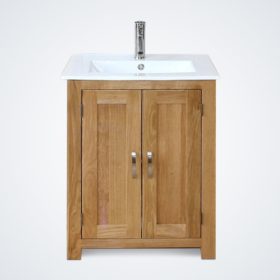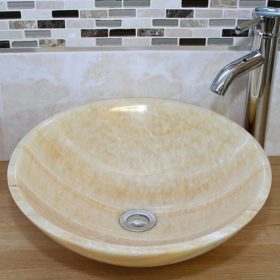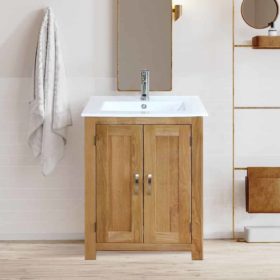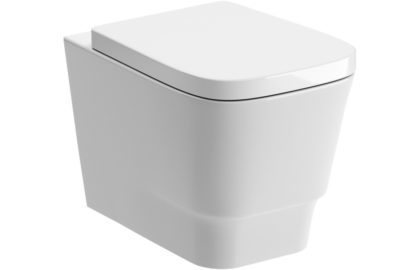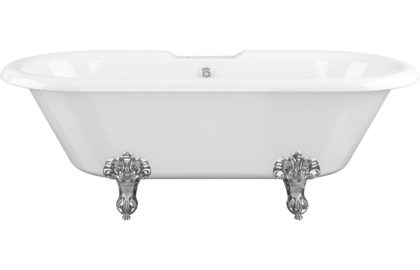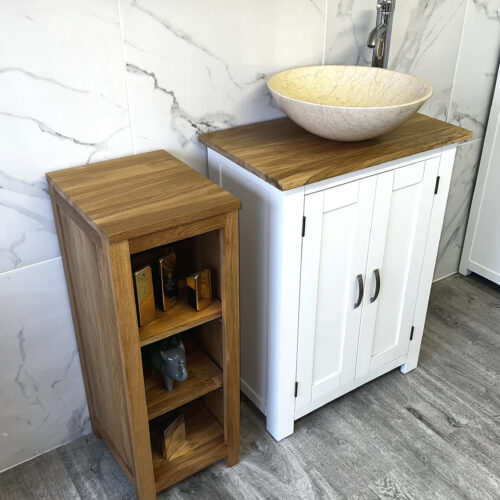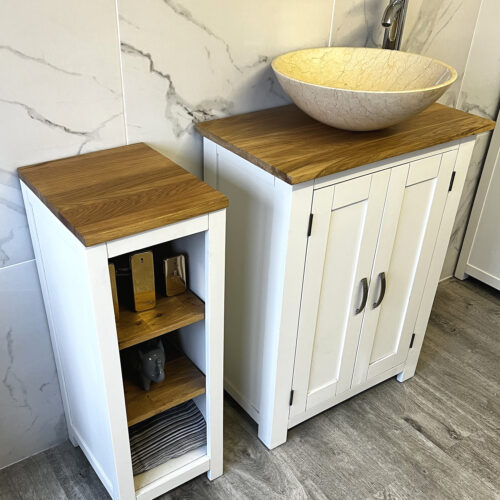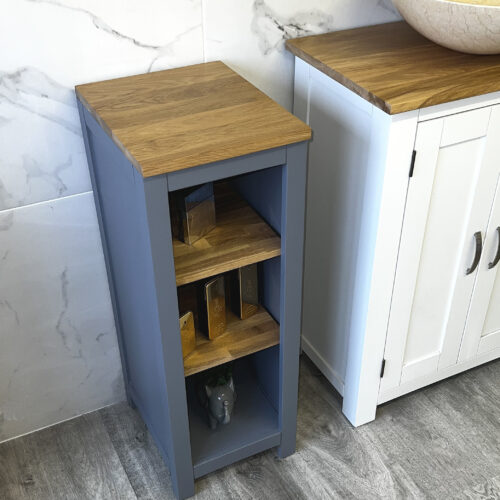Featured in Wednesday’s article on pastel colour, stencilling is a great way to add your own individual styling to a room. It’s a simple process for beginners and professionals to print a pattern onto a surface and can enhance your chosen trend.

Stencilling can be transferred onto almost anything, including fabric and furniture as well as a wall feature. It can be reproduced as many times as you want in any arrangement with any colour that takes your fancy. There is so much room for creativity.
Today, we take you through the process of producing your own stencilling.

First, you need to select your stencil pattern. To do this you can either buy ready-made templates from a supplier like thestencilstudio.com or if you’re particularly crafty you can design and make your own. If you’re buying pre-made templates, cut ones are ready to use but more expensive whilst uncut ones are cheaper but require cutting out with a craft knife.

Prepare the space that you want to stencil onto by applying the base coat and leaving it to dry overnight. Work out whether you want a standalone stencil or a repeated pattern and mark out some registration marks. If you’re doing a straight line design, use a pencil and spirit level or tape measure to mark the corners of the stencil.

Use a re-positionable spray adhesive to the reverse side of the stencil to attach to the first marked position by matching the template to the marks. Now you’re ready to paint.

Tip a small amount of your chosen paint into a small plate or bowl. For larger designs use a small roller, and a stencil brush or sponger for the more intricate ones. Sponges are good for delicate stencils and achieve crisp edges whilst a rounded top brush are the best you can use – they can also be used for a textured effect or splattering colour through the stencil.

The key here is to not overload your brush, sponge or roller with too much paint as it could leak through the underside of the stencil. Dabbing the implement onto kitchen paper towel will remove the excess paint, preventing any possible bleeding.

To get the best results, work from the outside in gently applying paint onto the cut out until the whole area is covered. If you’re using more than one colour, allow each colour to dry before applying the next, unless you plan on mixing the colours. There will be a natural overlap of different colours, but if you don’t want this, cut down sections of your sponge or brush.

Once the painting is complete, peel away the stencil quickly (but carefully) and leave the paint to dry. If you’re producing a continuous pattern, follow your registration marks making sure that the pattern connects and repeat the paint process.

Are you considering creating some stencil art in your home? You might already have some featured. We’d love to hear your ideas and experiences with stencilling, feel free to leave a comment below or on our Facebook page.
